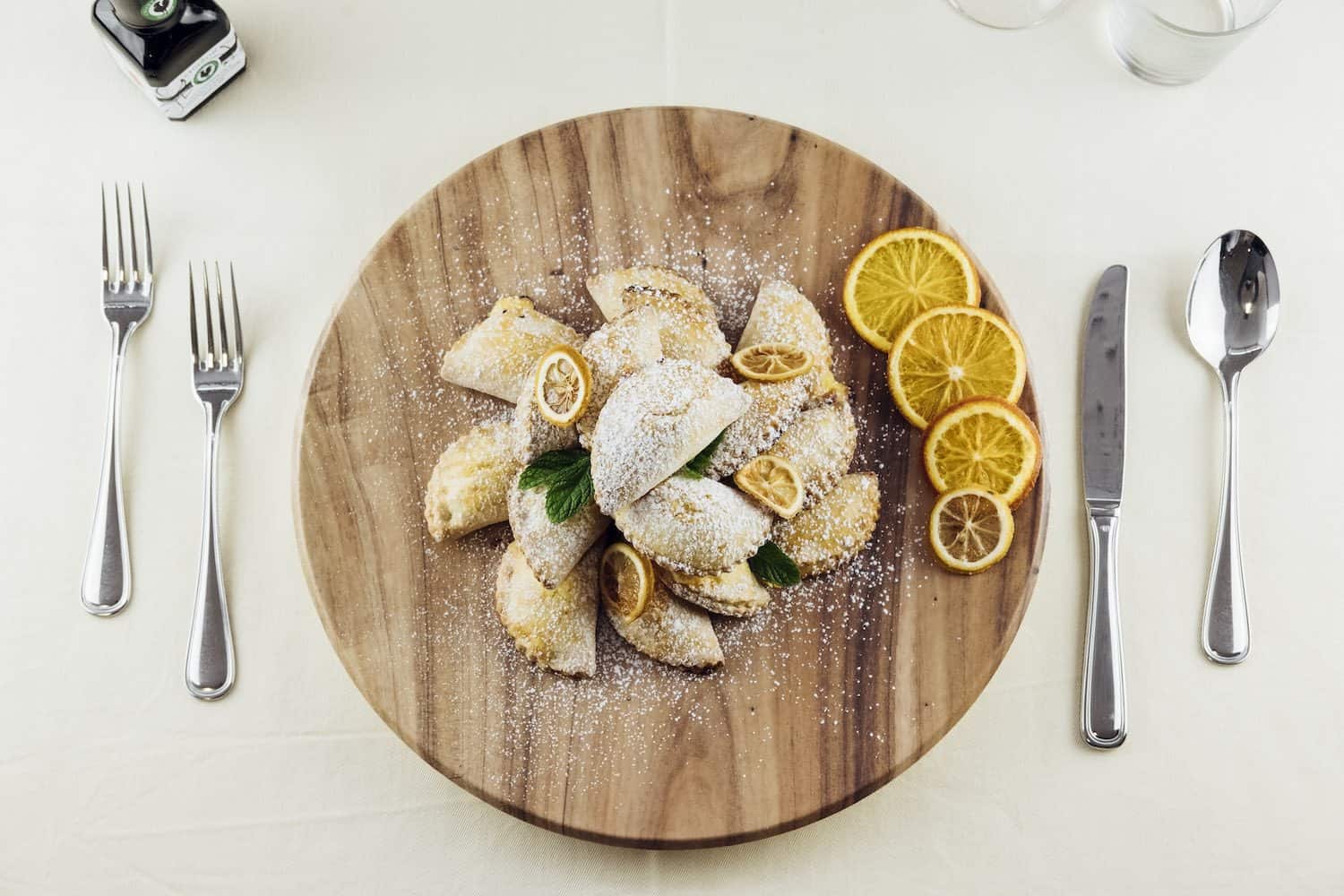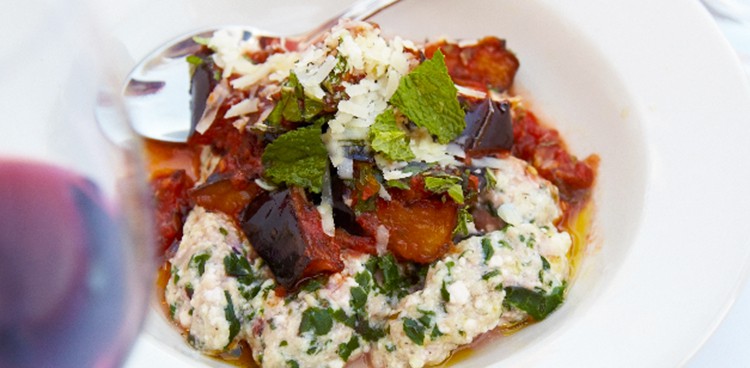
Photo Credit Consorzio Pecorino Toscano DOP
One of many treasures hailing from the glorious green hills in and around Tuscany, rich and fragrant Pecorino Toscano has long been prized in that region, and more recently throughout Italy. While Americans are often better acquainted with Pecorino Romano, the two cheeses actually have very little in common aside from the same first name. “It’s like comparing Parmigiano Reggiano and mozzarella,” says Andrea Righini, Director of the Consortium for Pecorino Toscano DOP. “One is not better than the other, but they have completely different characteristics.”
Pecorino can refer to any cheese made from sheep’s milk (pecora means “sheep” in Italian), and hundreds of variations are produced in Italy. So what sets Pecorino Toscano apart? For starters, its birthplace. Since the cheese attained DOP status in 1996, the production zone has been limited to Tuscany and a handful of neighboring territories in Umbria and Lazio.

Photo Credit Kristine Jannuzzi
There are subtle differences in flavor among the wheels produced in the different regions. In general, Pecorino Toscano fresco (fresh) matures for a minimum of 20 days and is semi-soft, tangy and slightly sweet, with a heady aroma of fresh grasses and herbs. Pecorino Toscano stagionato (aged) cheese matures at least 120 days, and up to a year or more. It’s firmer in texture and more intense in flavor, but never overpowering or spicy. The creamy mellowness and relatively low salt content of Pecorino Toscano are perfectly suited to the delicate, rustic, and balanced dishes beloved by Tuscans.
Grate up a wedge, and treat yourself to these four comforting dishes that’ll take you straight to Tuscany.
We all know the best part of the ravioli is the cheesy filling. Gnudi, often referred to as “nude” ravioli, cut out the pasta shells and let us get right to the good stuff. Try our classic recipe with tomato eggplant jam and finish with a hefty shaving of Pecorino Toscano. Si, per favore!

Photo Credit: Kristine Jannuzzi
Most of us are familiar with classic Roman cacio e pepe, but maybe you haven’t indulged in the Tuscan take made with Pecorino Toscano and pici pasta, a chubby, short spaghetti made from a simple dough of flour and water. The key to a smooth and creamy sauce is removing the pici from the heat of the stove before adding the cheese, along with just a splash of the cooking water.

Photo Credit Kristine Jannuzzi
3. Pecorino Toscano Fonduta
Chunks of cheese, doused in white wine, then baked in the oven to bubbly perfection with slices of bread for dipping (anchovies optional). Pro tip: keep plenty of extra bread on hand, because you’re going to want to scoop up every last bit of that melty goodness.

Photo Credit Consorzio Pecorino Toscano DOP
4. Fiadoni
This Tuscan spin on fiadoni, traditional formaggio-filled pastries from Abruzzo, is the perfect sweet ending to a meal. Though best served straight out of the oven when the cheesy center is still warm, they’ll keep in an airtight container for several days.





